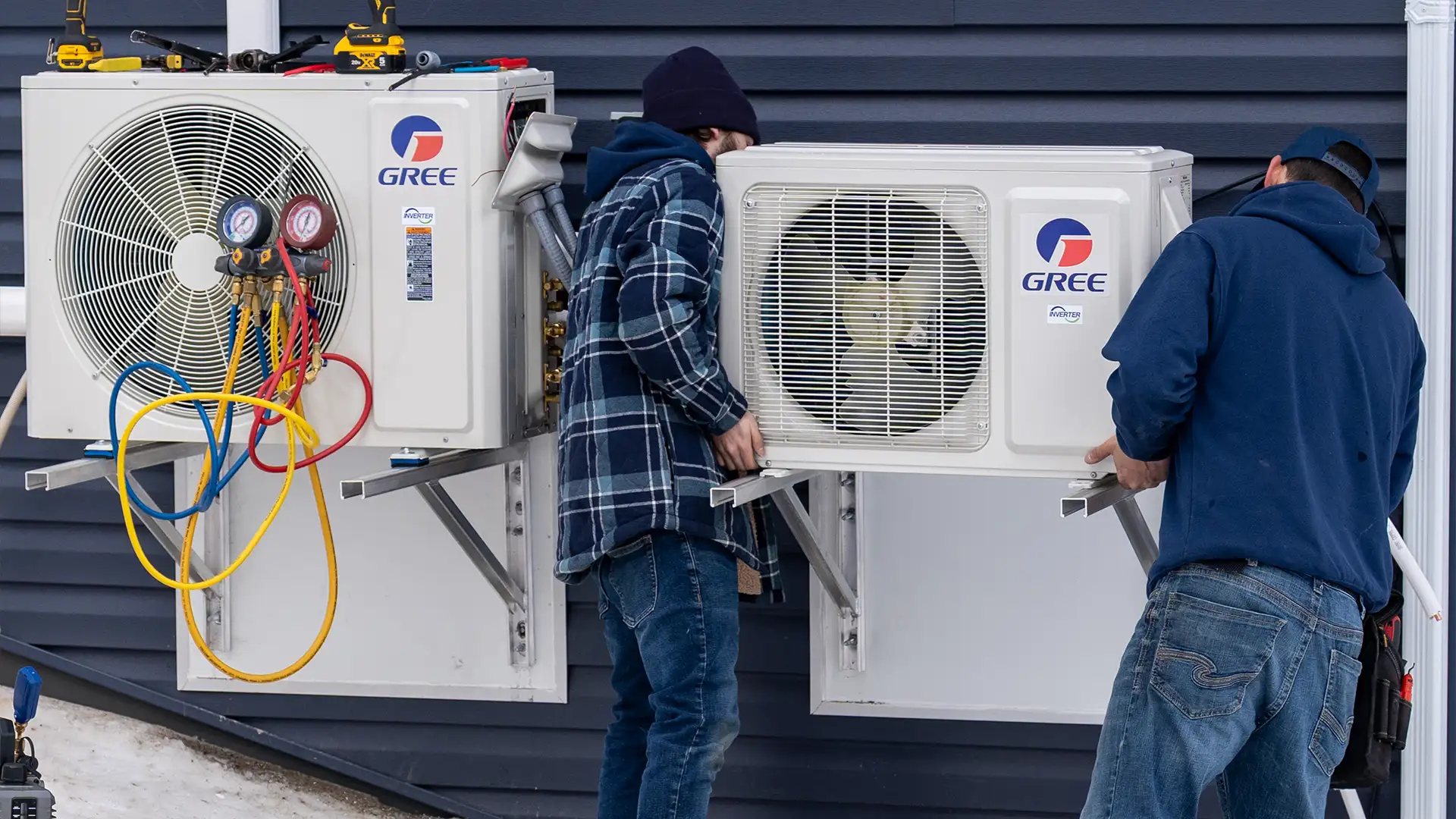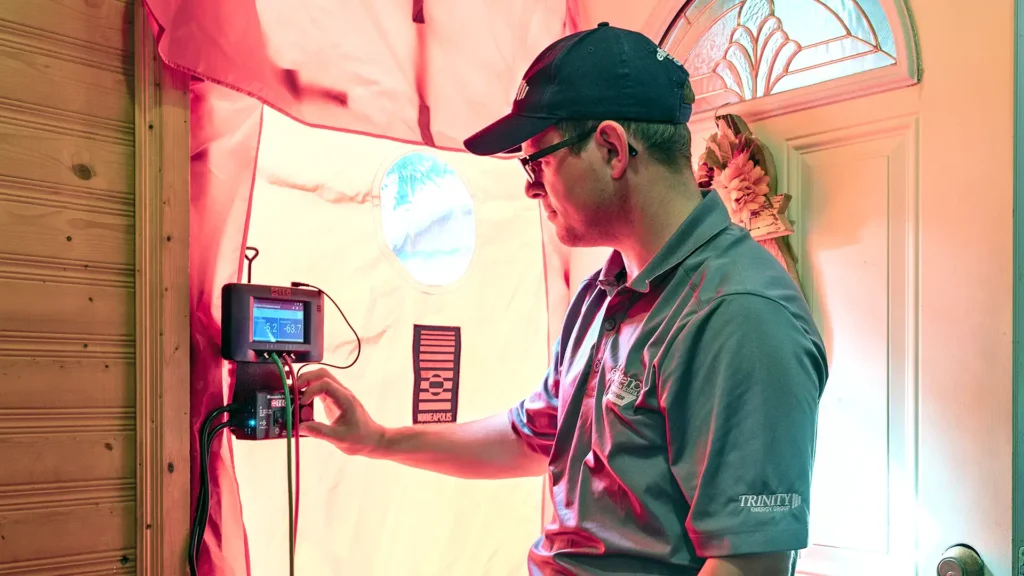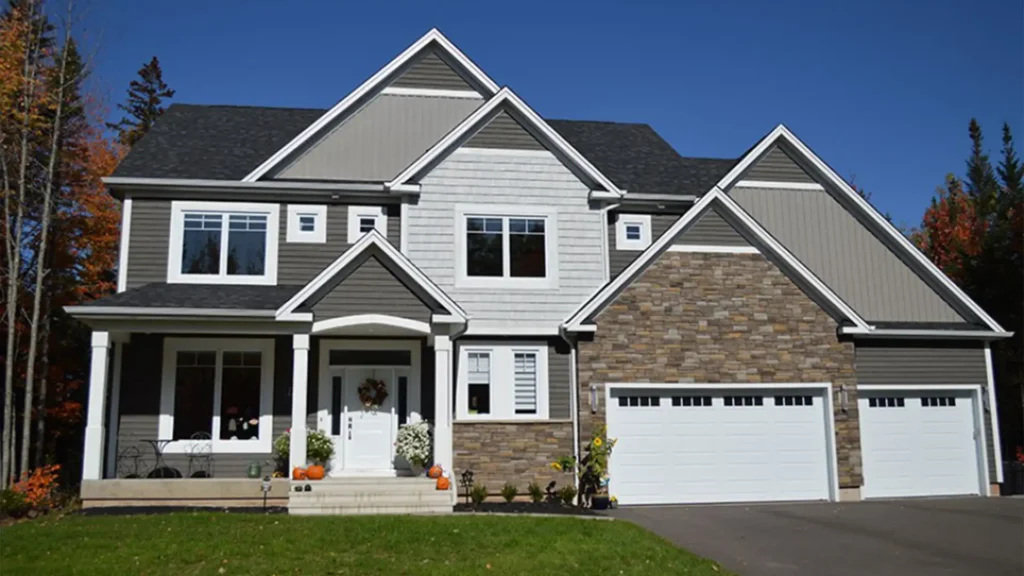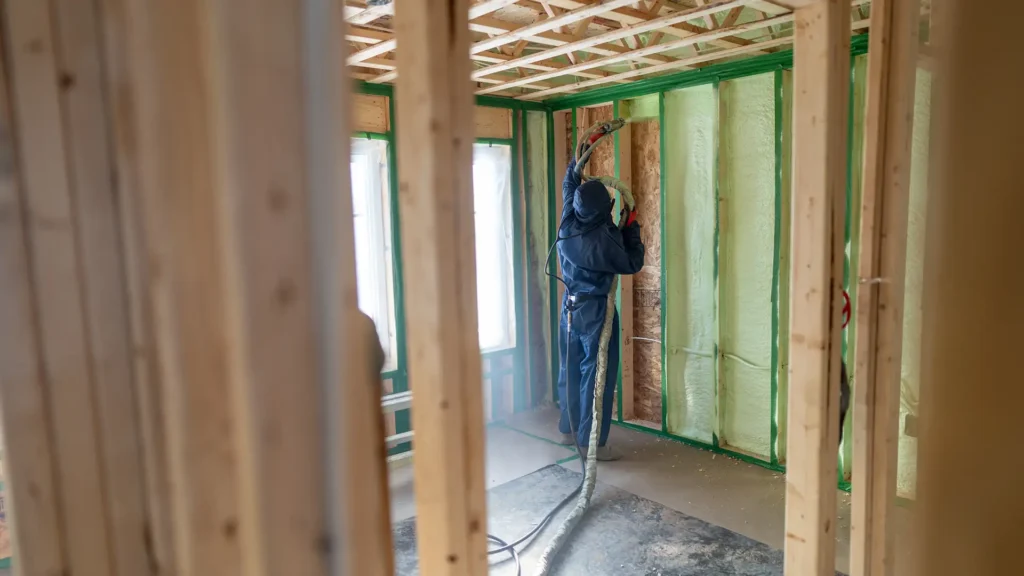Ductless Heat Pumps
A ductless heat pump, also known as a mini-split heat pump, is a heating and cooling system that doesn’t use ductwork. Instead, it uses refrigerant lines to move heat between an outdoor unit and indoor wall-mounted heads. At Trinity, we pride ourselves on carrying quality brands.
Ductless single zone heat pump
Pros:
- Simple and cost-effective for heating/cooling one space (e.g., living room, bedroom, office, garage).
- Very efficient — you’re only conditioning the space you need.
- Lower upfront cost compared to multi-zone systems.
- Ideal for add-ons or renovations where ductwork is impractical.
Cons:
- Only heats/cools one area — can’t expand to more rooms without adding more systems.
- If you need to condition multiple rooms, you’d need multiple outdoor units or a multi-zone system.
Ductless multi-zone heat pump
Pros:
- Customize temperatures in each room or zone (great for households with different comfort needs).
- Less equipment clutter — only one outdoor unit needed for several rooms/zones.
- Flexible for whole-home solutions in homes without ductwork.
- Great for larger homes, multi-level homes, or homes with many rooms.
Cons:
- Higher initial cost than a single-zone setup.
- Installation is more complex — more indoor units and refrigerant lines.
- Slightly less efficient than multiple single-zones if you rarely use all the rooms.
Ducted Heat Pump Systems
Ducted systems act as central heat pump, with an outdoor unit connected to an indoor unit, typically located in the basement. The heated or cooled are is then distributed through the home’s existing ductwork. This is an ideal system for homeowners switching from a forced-air oil furnace, since the ductwork is already in place.
Ducted Heat Pump
This is a centrally ducted system with side discharge condenser.
Pros:
- Even temperature distribution across all rooms.
- Equipment is hidden (no units on walls).
- Works with existing ductwork if you have forced-air heating (e.g., oil, gas, electric furnace) — lower install cost in that case.
- Can add air filtration and humidity control features.
Cons:
- Higher installation cost if your home doesn’t have ductwork.
- Less efficient if ducts are leaky or uninsulated.
- Can be less customizable for room-to-room temperature control.




